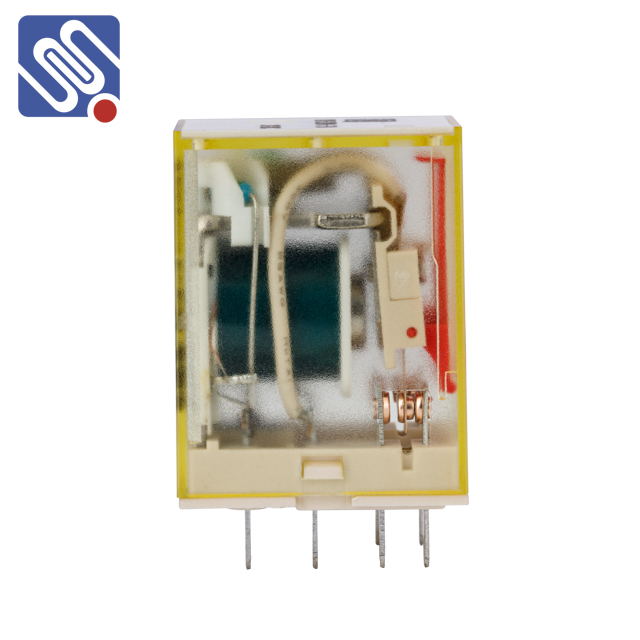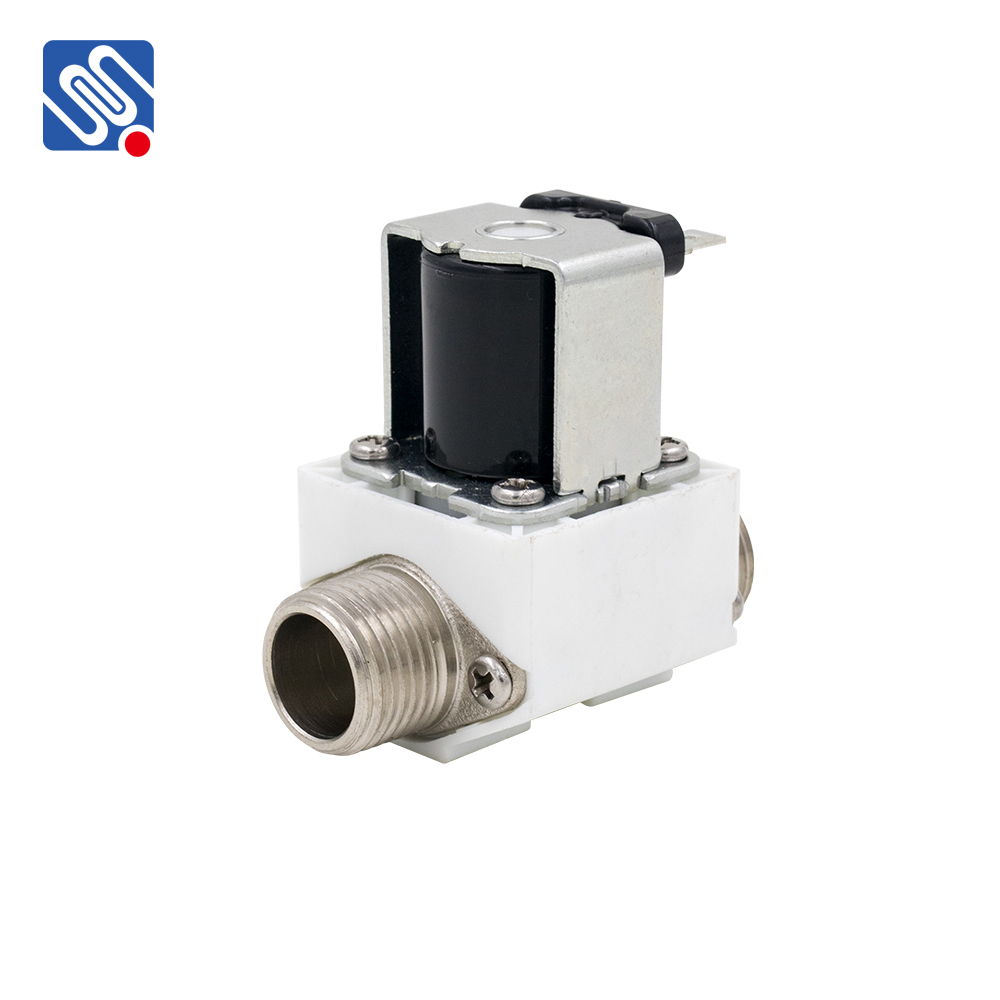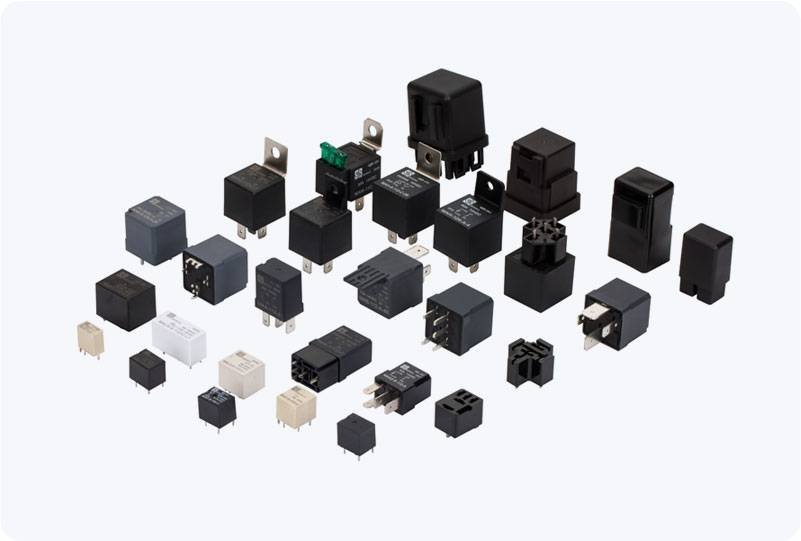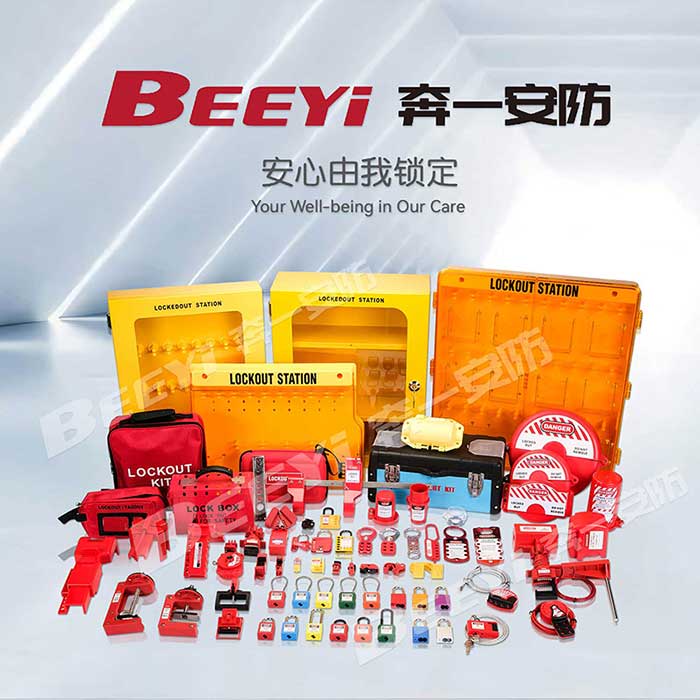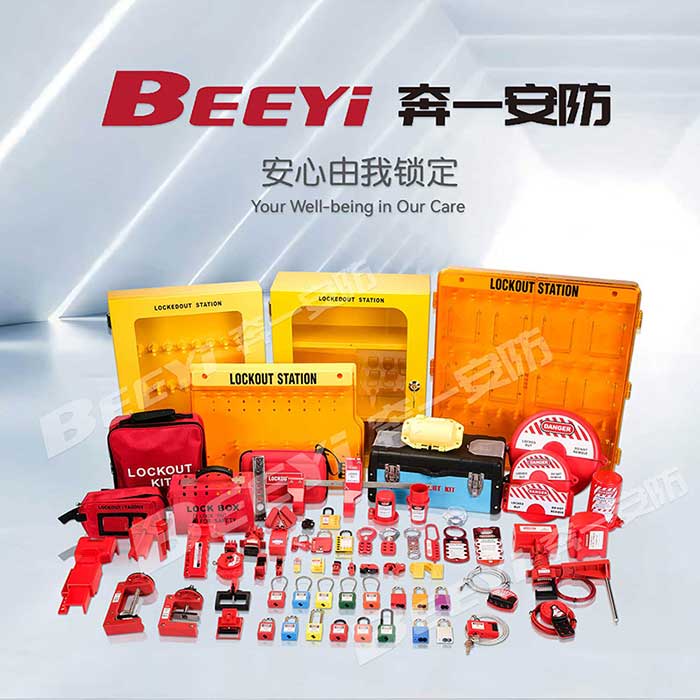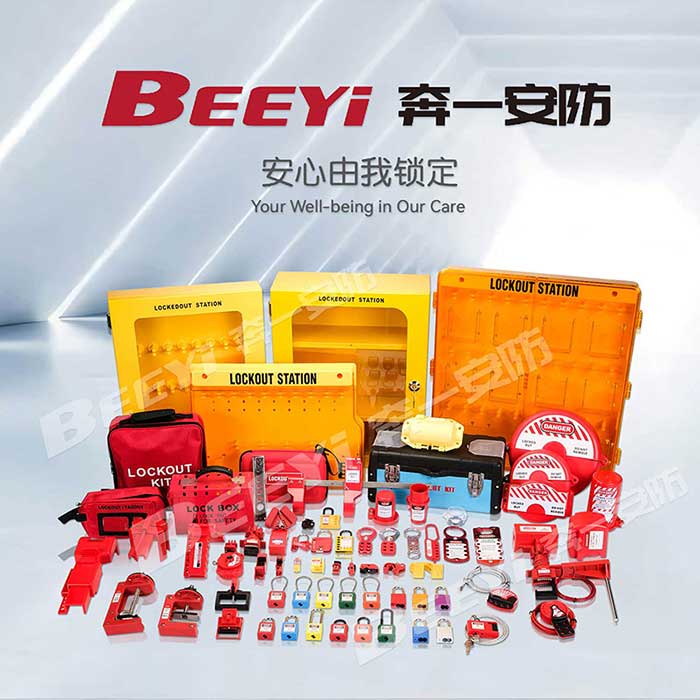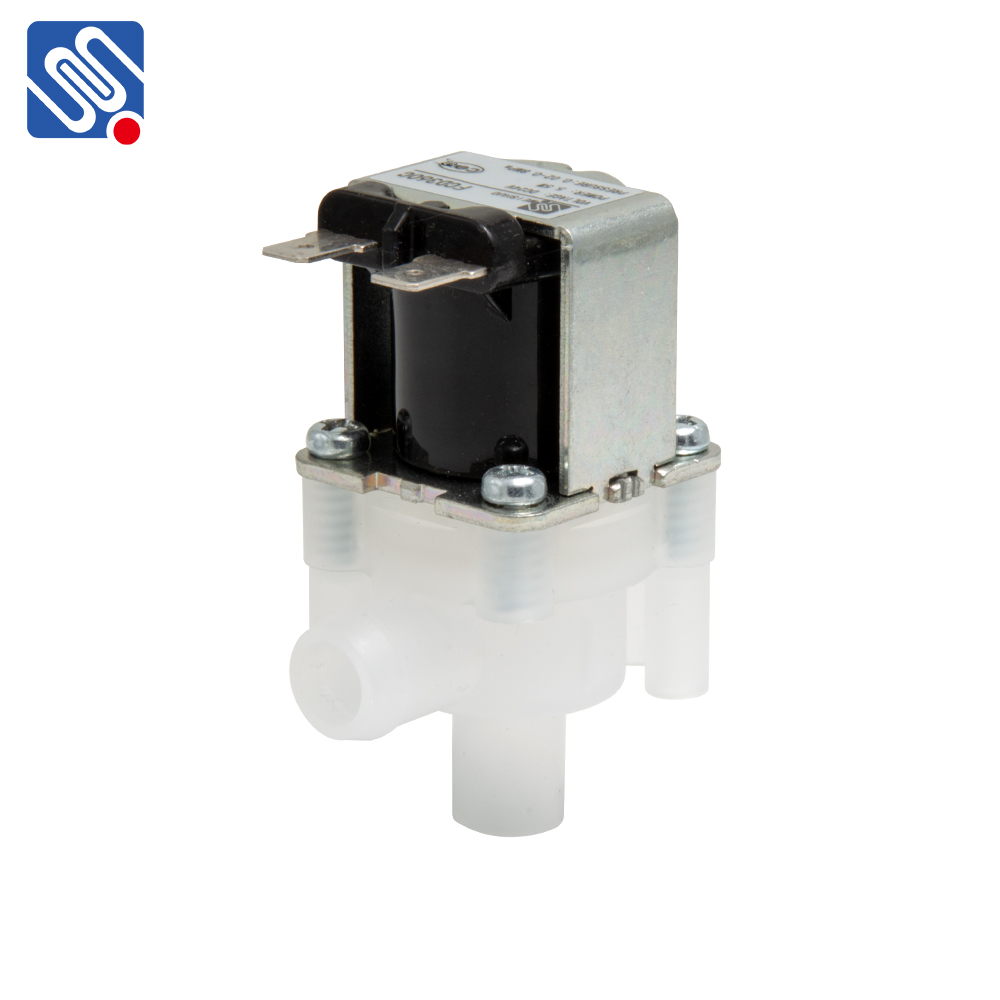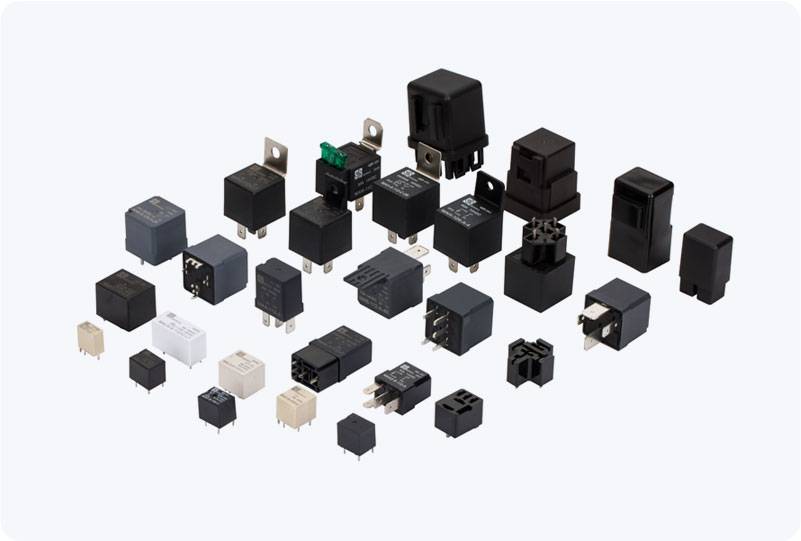In industrial settings, safety is paramount, and one of the key components to ensuring worker protection during maintenance, repair, and servicing activities is the implementation of Lockout/Tagout (LOTO) procedures. These procedures are designed to prevent the accidental release of hazardous energy while employees work on machines and equipment. A crucial tool in this process is the Lockout Bag, which plays a significant role in storing and managing lockout devices and tags. This article explores the importance of Lockout Bags in bulk order and why purchasing them in large quantities is both practical and beneficial for businesses aiming to maintain high safety standards.
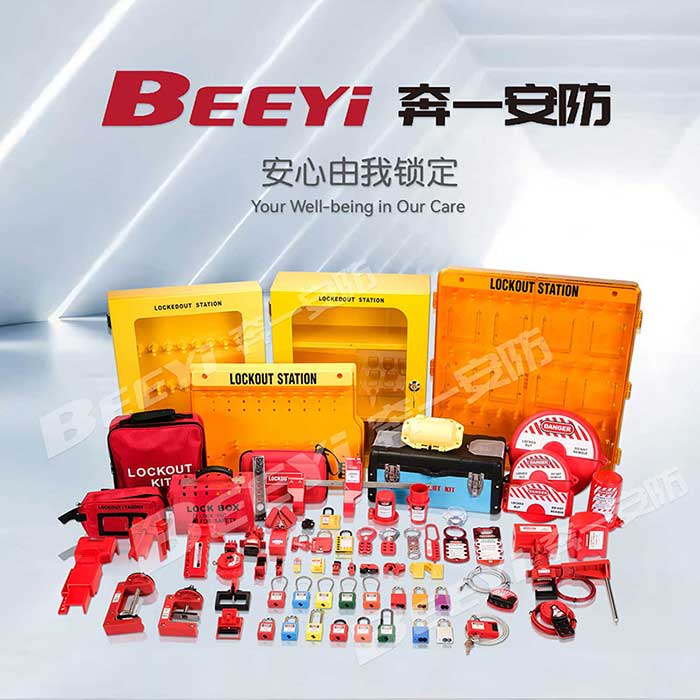
The Role of Lockout Bags Lockout Bags are essential for organizing the various tools and devices used in LOTO procedures. These bags provide a safe and effective way to store locks, tags, and lockout devices, ensuring that workers can easily access these tools when performing maintenance or repairs. Lockout Bags are typically made from durable, high-quality materials such as heavy-duty nylon or polyester, which are resistant to wear and tear in industrial environments. Some bags are equipped with multiple compartments, allowing workers to organize their devices efficiently, while others feature transparent windows for easy identification of the contents.
